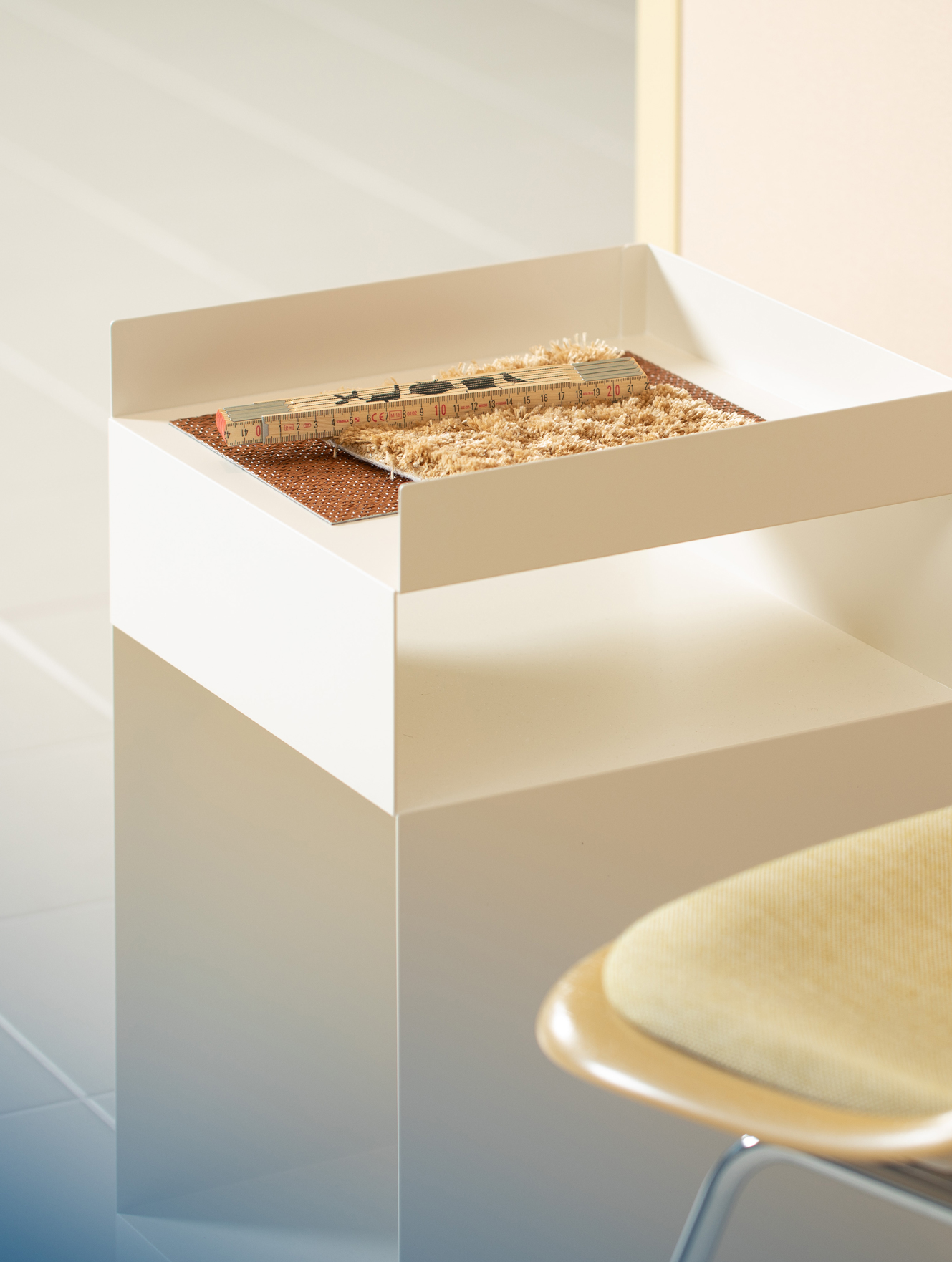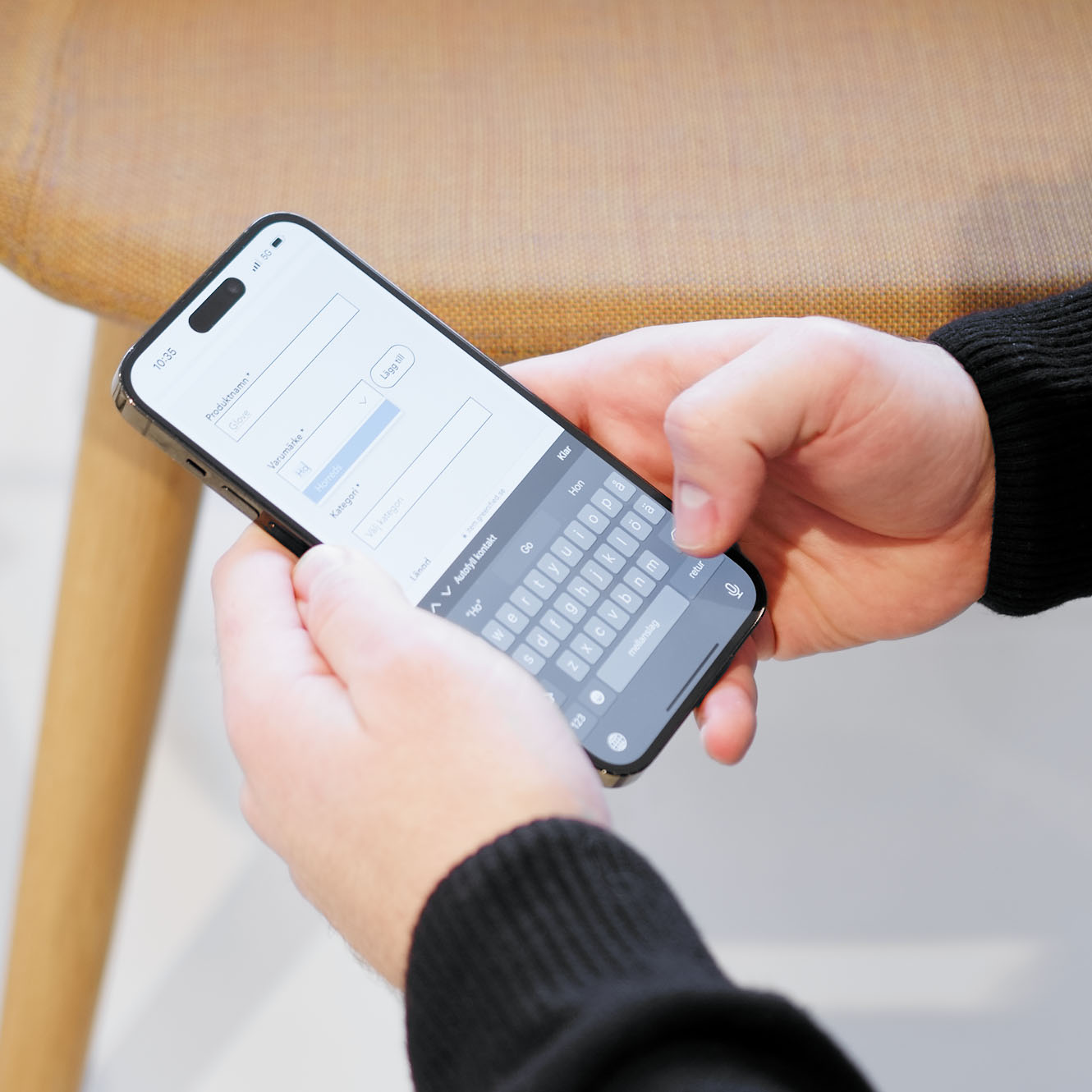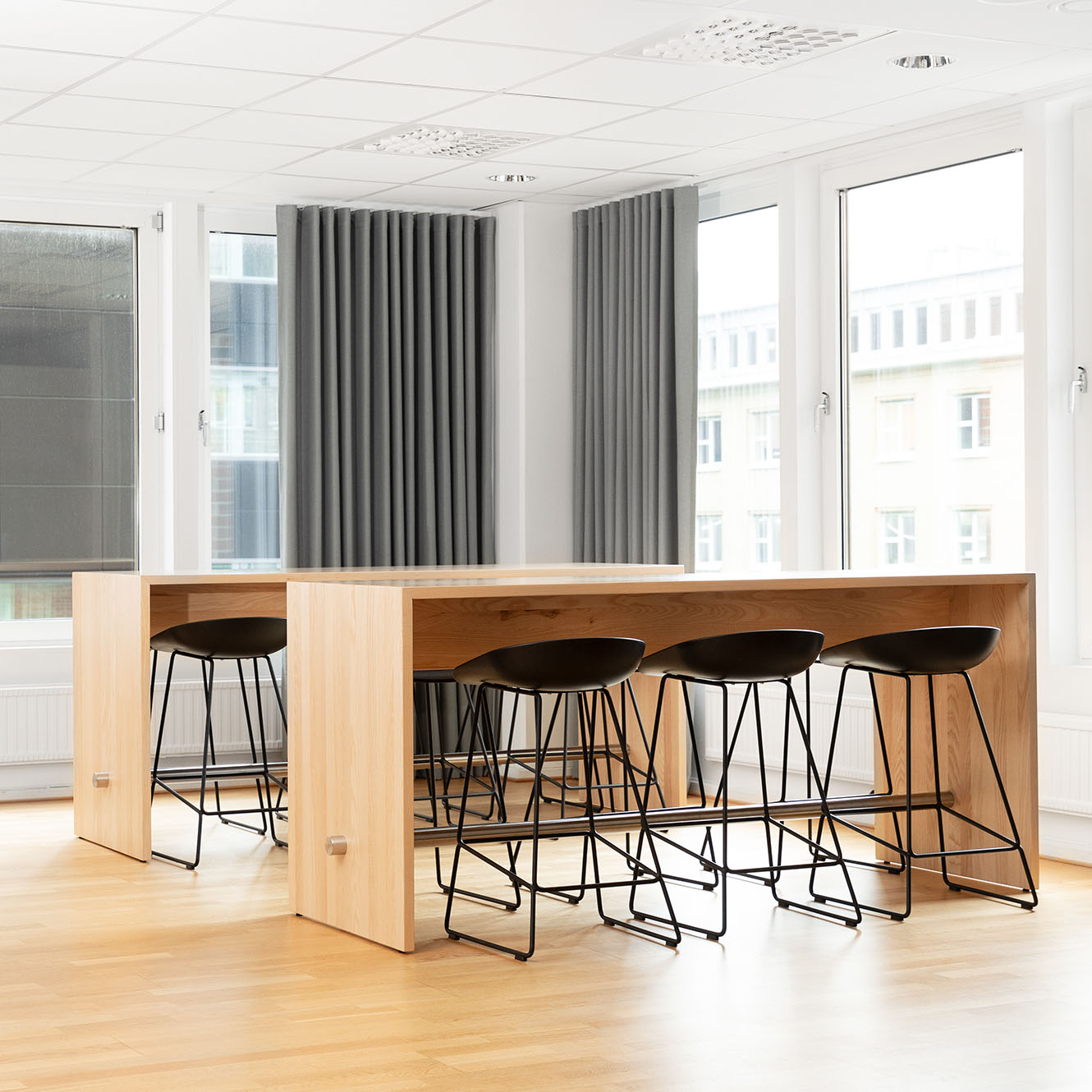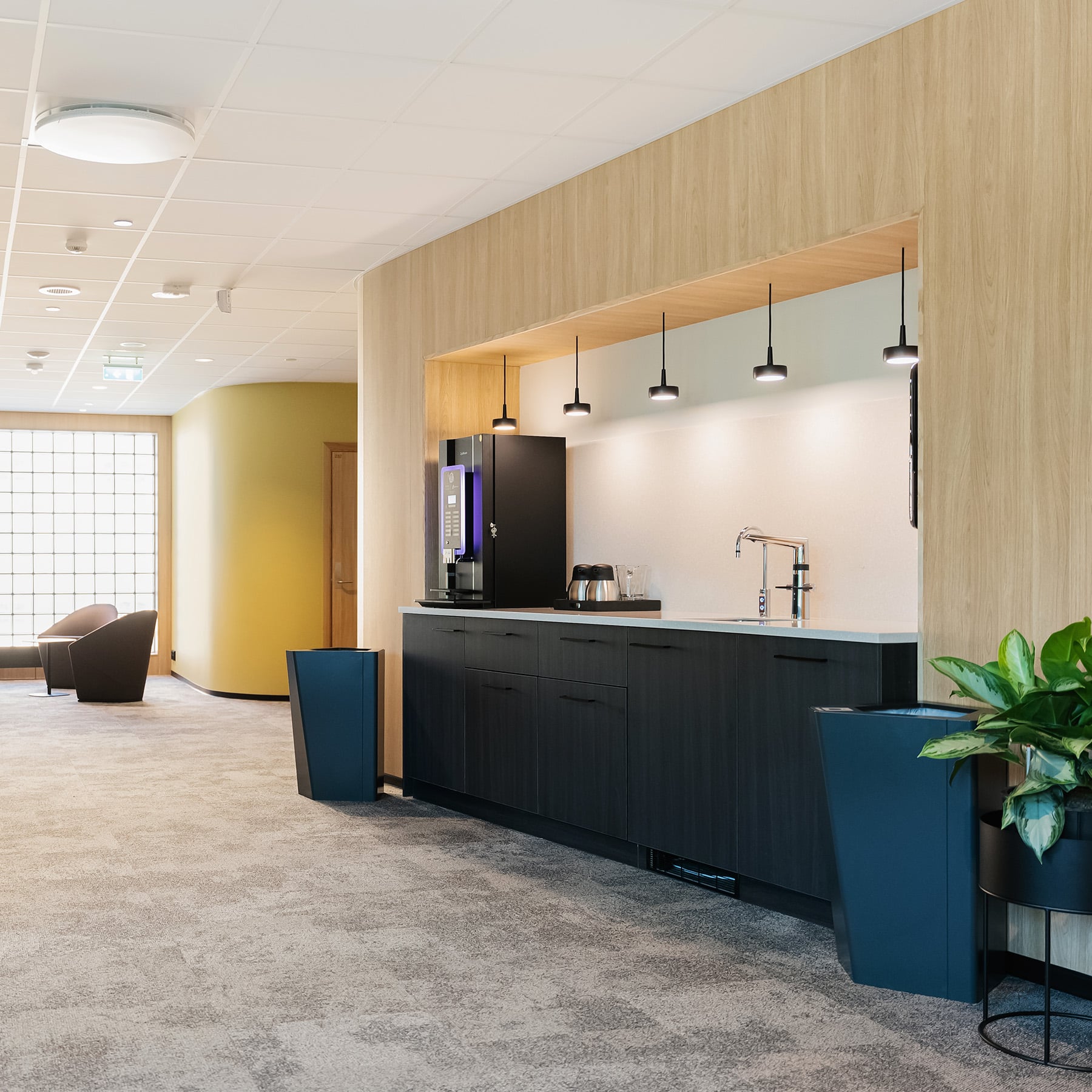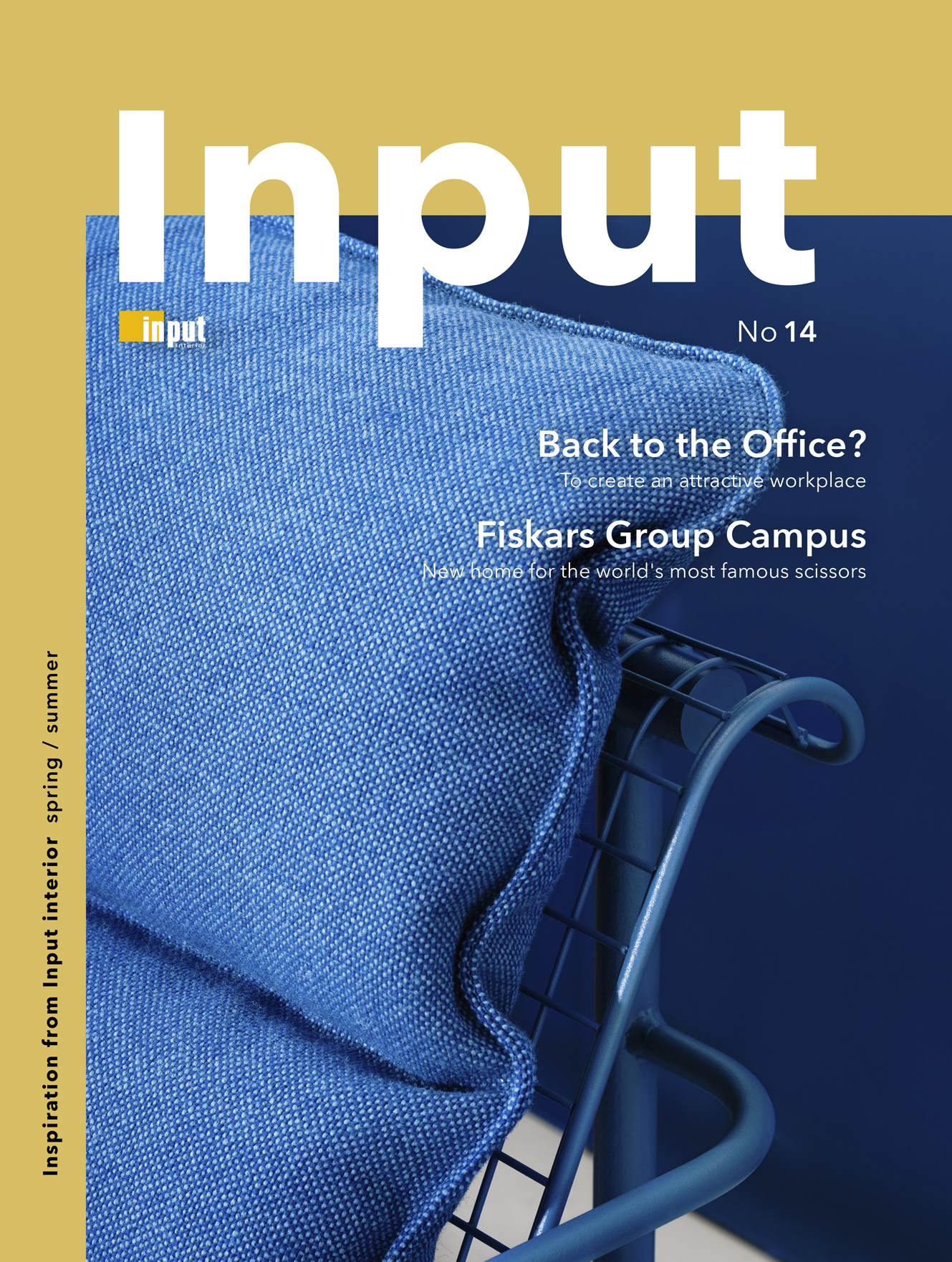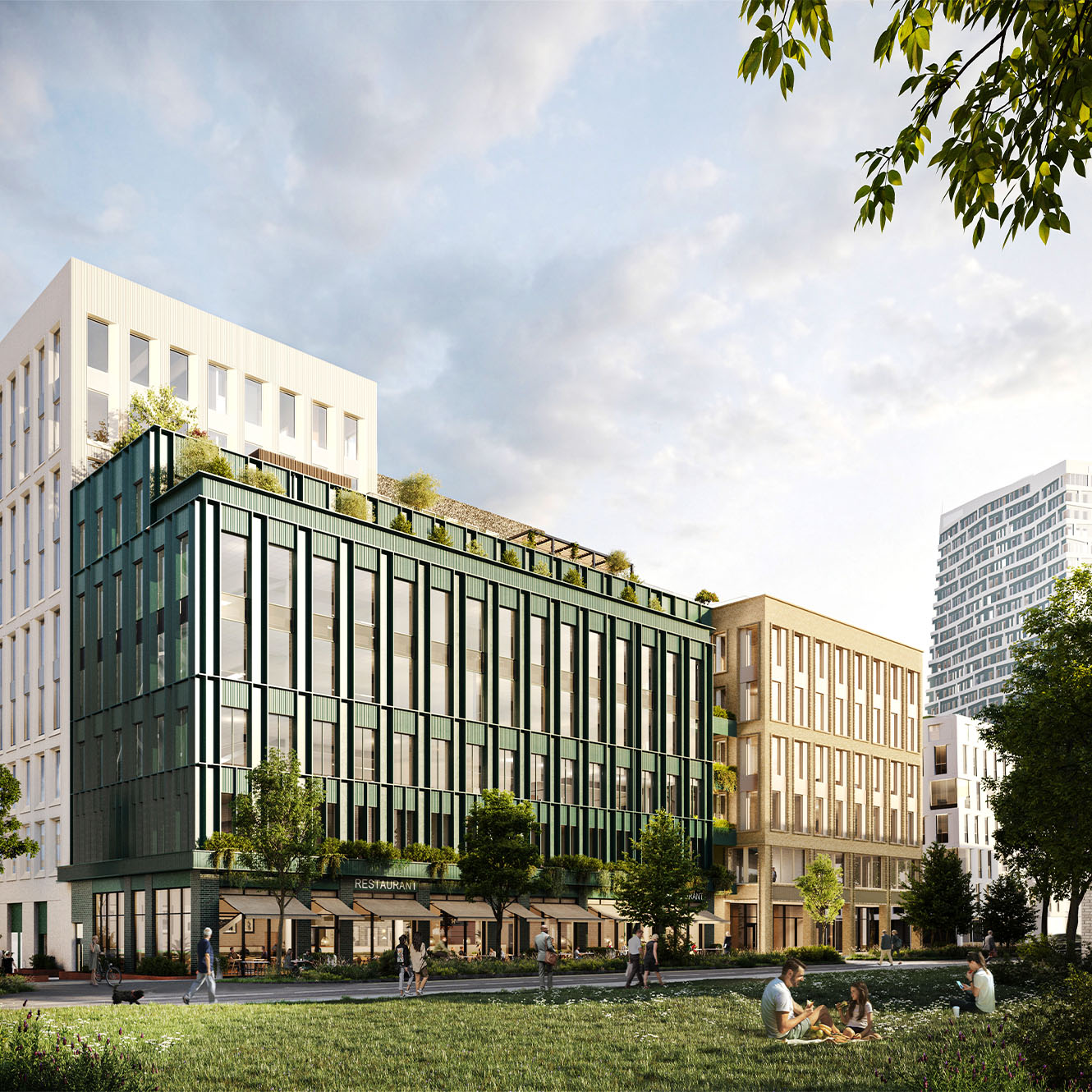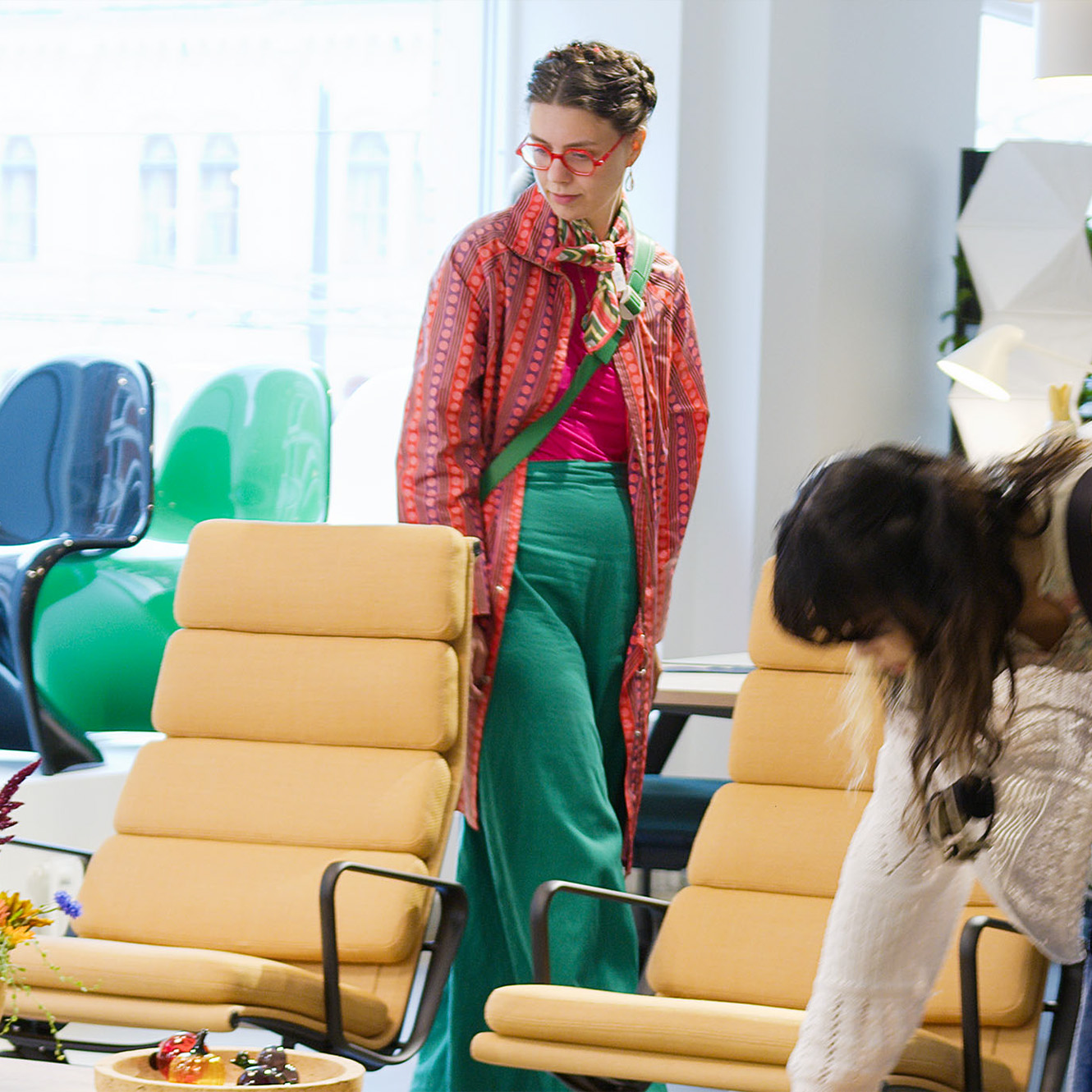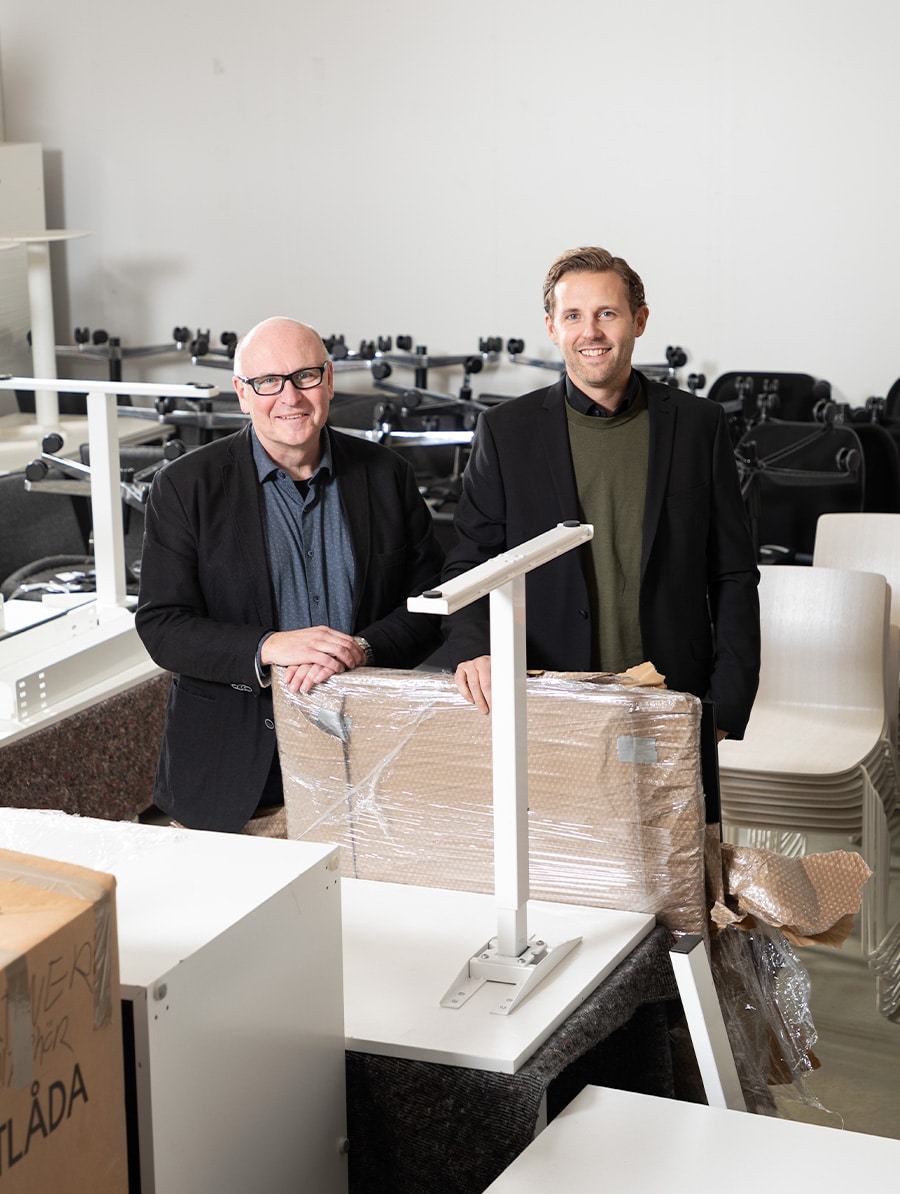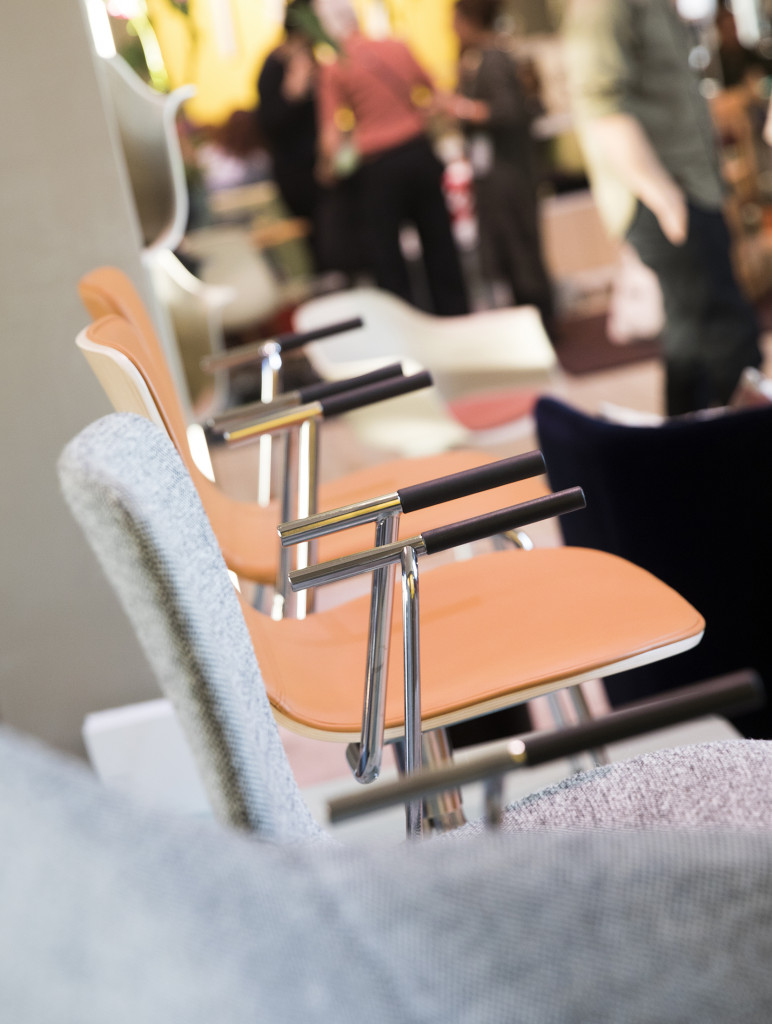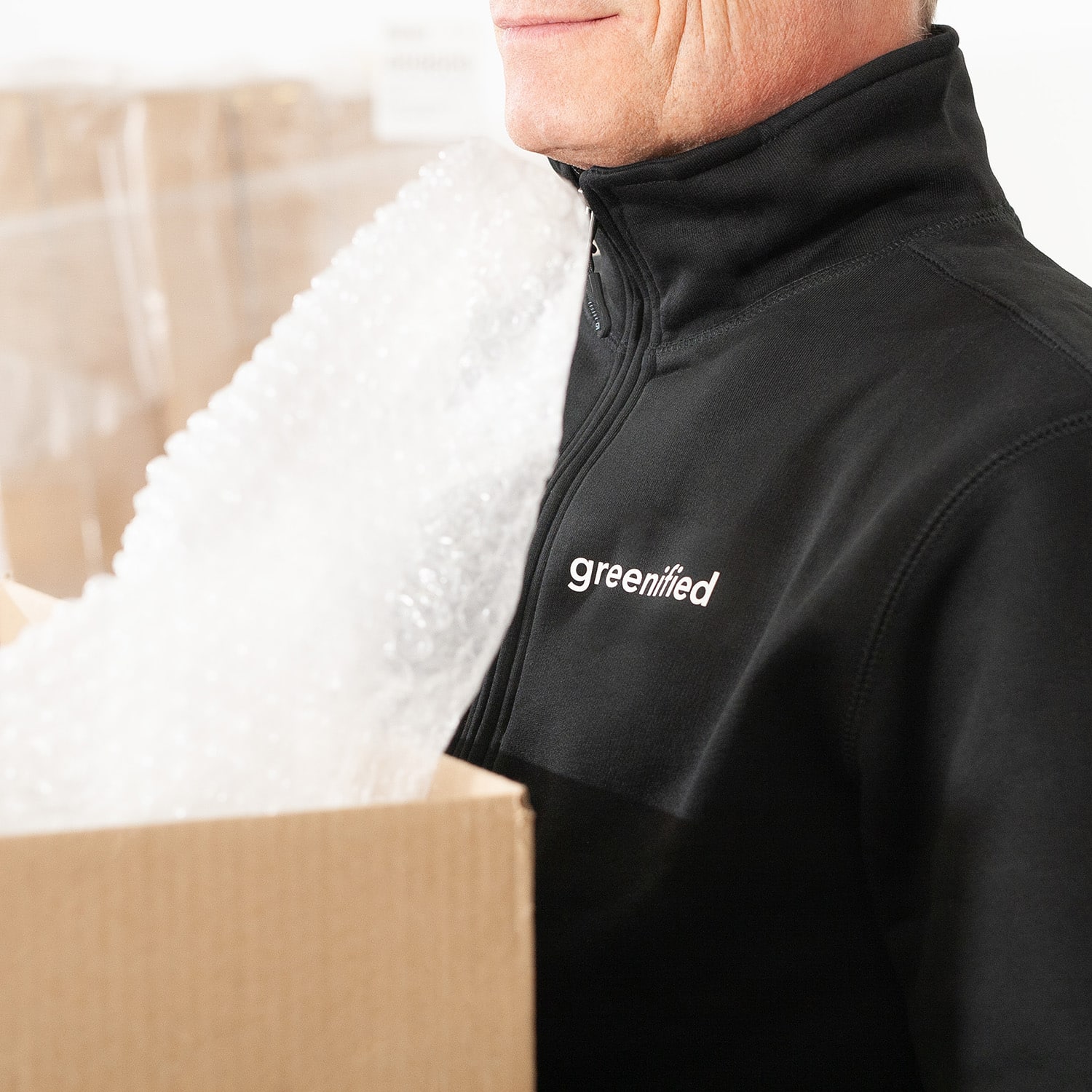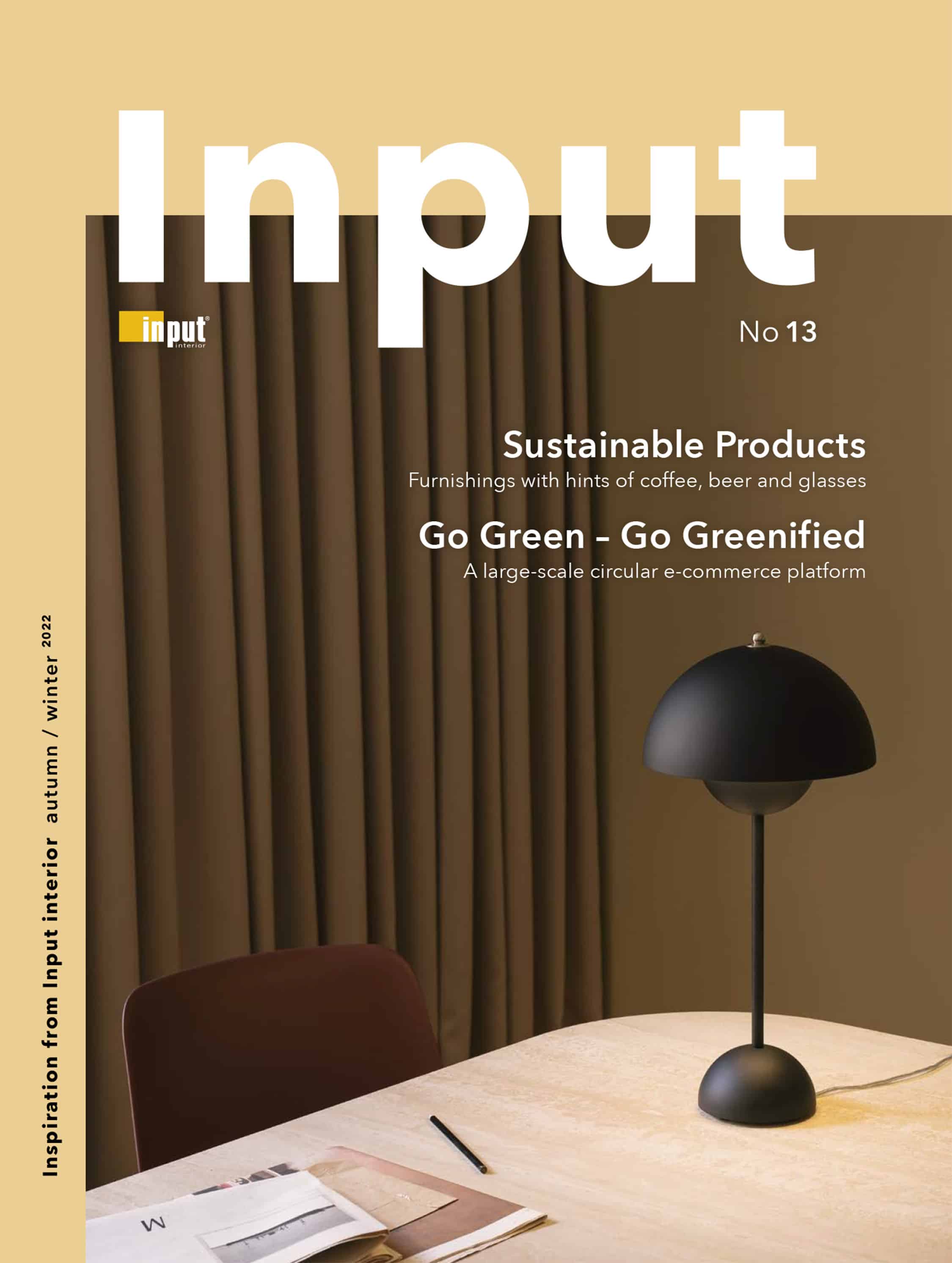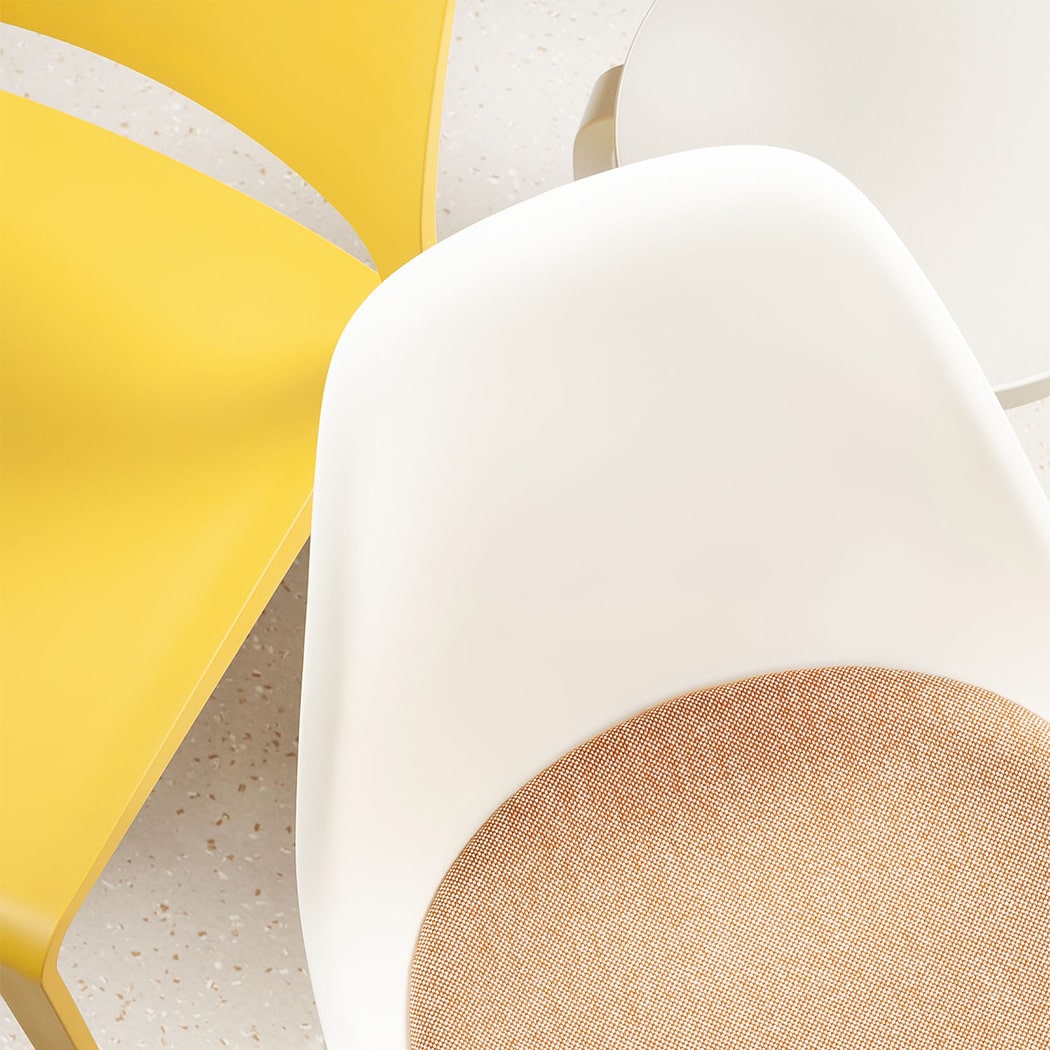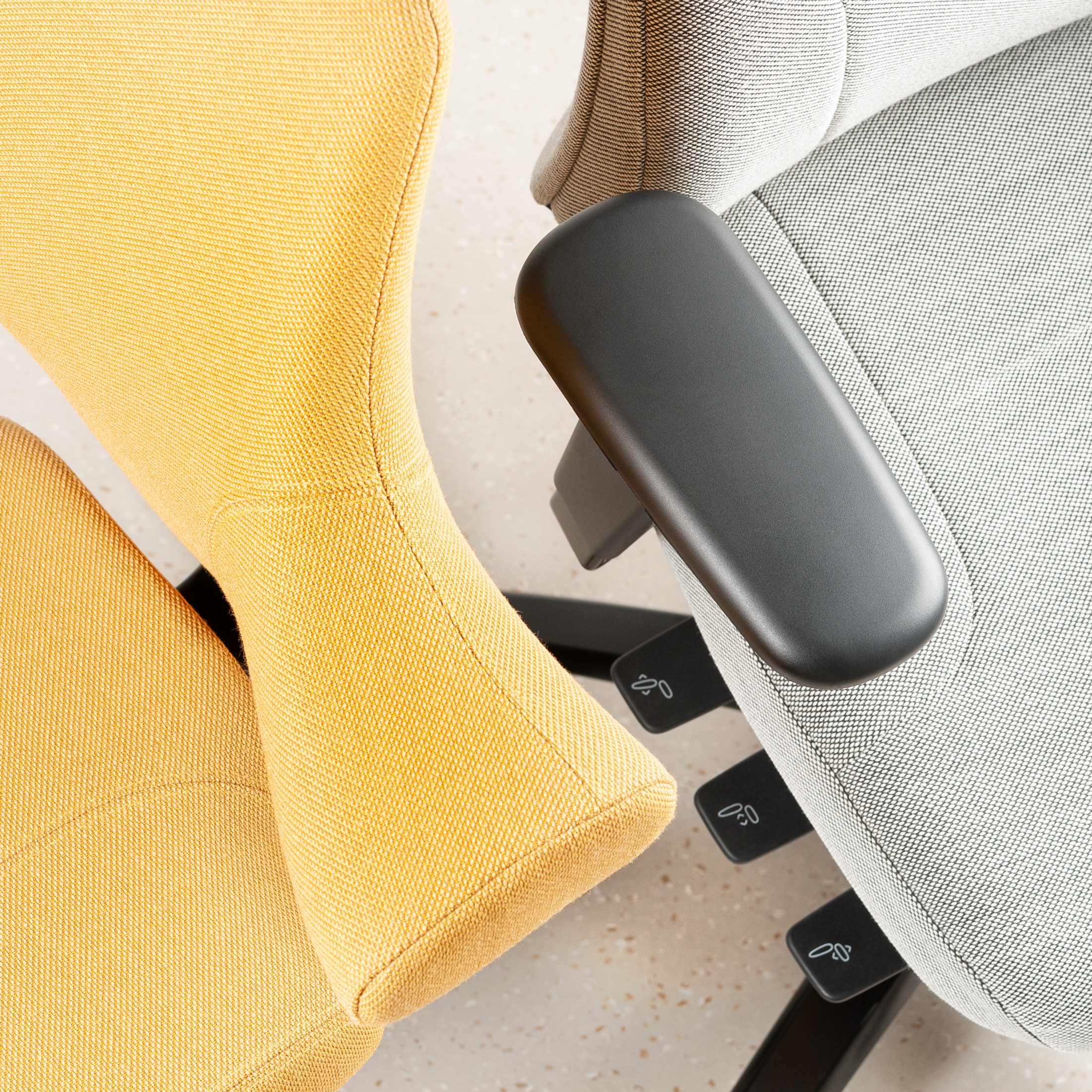Welcome to the school of the future
At Runnerydsskolan in Nässjö students were welcomed back for the autumn term to new premises. Here an activity-based learning environment with a focus on flexibility and choice will support the school’s educational activities, instead of restricting them.
Ground was broken on the project in January 2016. Since then Runnerydsskolan has undergone a major transformation. Conversion and extension of the school will be fully complete in 2018, with capacity for 600 students, from preschool classes up to year six. However, students have already moved into the new premises, which differ in many ways from the school environments familiar to most of us.
“One of the objectives of the new school is to give all students the same opportunities to succeed, and to create new meeting places for developing social skills. The interior design is rooted in the initiative Schools of the Future and it feels great to be able to offer something new. Something different to the traditional desks and chairs,” says Jessika Franzén, head of year F-3 at Runnerydsskolan.
A landscape in the classroom
A so-called activity-based learning environment has been introduced. The furniture aims to inspire cultural exchange and promote diversity among students and teachers. The crux of the interior design is flexibility and choice. You can sit by yourself or work in groups. Stand and work, sit on a raised stool or sink down into a sofa.
“The interior design of the classrooms takes the form of a landscape that varies in height, providing both acoustic and visual protection from others and creating rooms within rooms. Students who need to work in a special environment or workplace don’t need to be anywhere different to anyone else,” says Joakim Wahlstedt from Input interior in Jönköping, which served as project manager and delivered the interior design for Runnerydsskolan. He continues:
“In this type of learning environment it is permitted to move around, which activates and stimulates the brain. It also has an ergonomic aspect to it, as we generally say that the next position is the best position. The biggest fear before beginning work in environments like these is that it will be jumbled, but in my experience it is quite the reverse.”
Supports the educational activities
The interior design contributes to differentiated teaching with scope for working in the functions required by the learning. The whole class can gather in one part of the room, but there is also opportunity to move to a spot where you can be left in peace and work undisturbed, in the classroom or perhaps in the corridor.
“School has altered drastically over the past century. The approach to knowledge, education and challenges has changed. Yet our school environments look in principle the same – with the teacher at the front at the teacher’s desk and the students sitting in rows. Somewhat behind the times. Adults’ workplaces have changed, so why shouldn’t schools develop too,” says Joakim Wahlstedt, and concludes:
“The furniture is intended to support the educational activities of the school instead of restricting them.”


